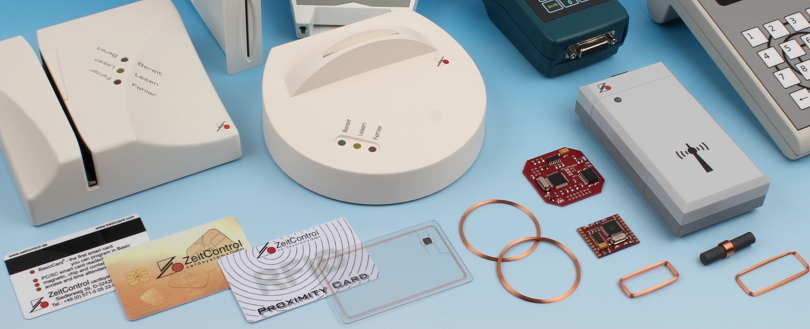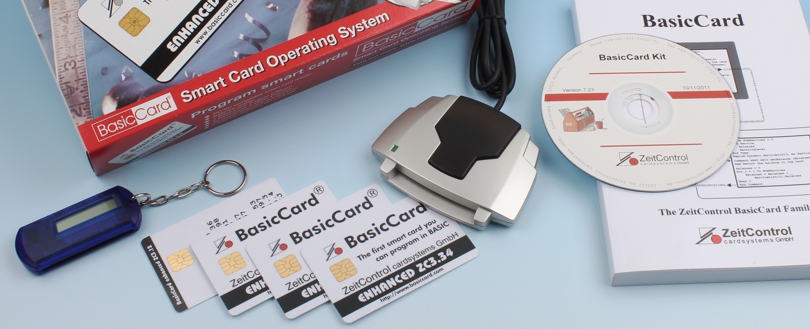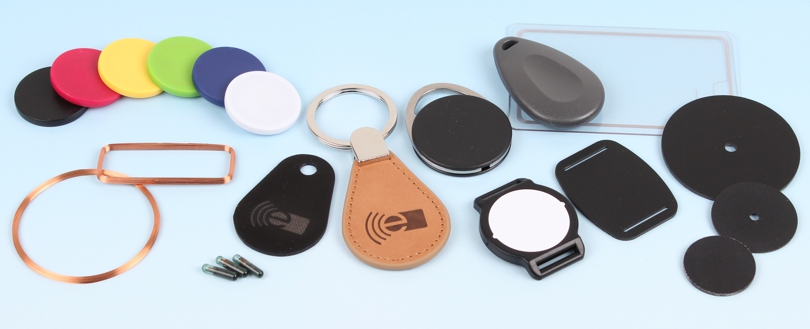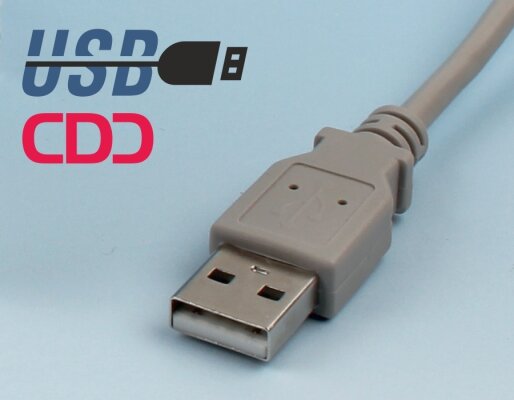In 2001 the ISO/IEC standardized RFID transponder. Before every manufacturer of transponder implemented their own proprietary communication protocol between reader and transponder. This made compatibility nearly impossible.
Better compatibility increased competition between manufacturers. It increased the amount of manufacturers, potentially lower cost and a drive to improve the products. Today most manufacturers have a ISO/IEC 15693 offering.
The ISO 15693 has three parts. Part one defines the physical characteristics, part two defines the signal interface and part three defines the transmission protocol.
Part One: Physical Characteristics
This part defines how much force while bending and twisting has to tolerate. It also defines the amount of UV radiation and x-ray radiation it has to take without failure. The maximum electric and magnetic fields and maximum temperature it has to operate under are also defined here. Additionally here is also defined where holes can be punched.
Part Two: Signal Interface
This part defines the parameters for the signal. The parameters are for example frequency, modulation, power, data rate and timing.
Part Three: Transmission Protocol
This part defines the protocol for collision detection and avoidance. The next thing it specifies is the unique identifier (UID), application family identifier (AFI) and data storage format identifier (DSFID). Those identifiers are used differentiate different transponders in the field. Commands for reading, writing and locking are defined too.
These transponders are ISO 15693 compatible:
- I-Code
- Tag-it
- EM4033
- EM4094
- EM4237SLIC/SLIX
- EM4233SLIC / EM4233
- EM4237
- EM4333
- SRF 55V02P / 55V02S / 55V10P / 55V10S
- TempSense (KSW)




